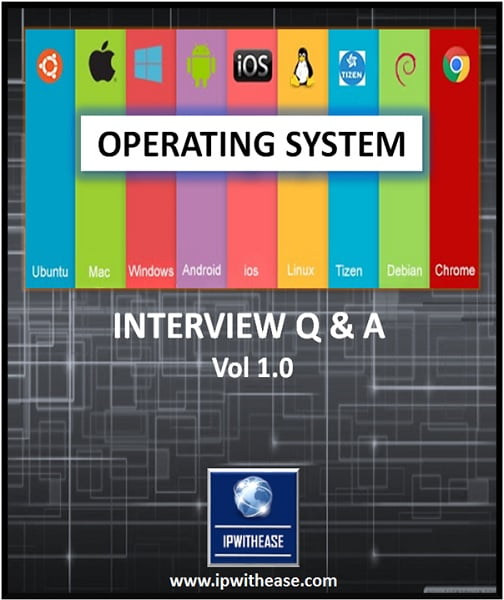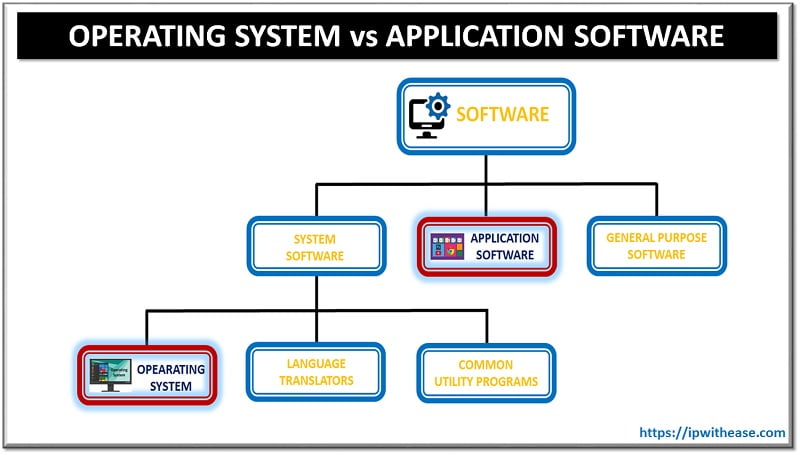The open-source operating system gained its popularity after 2010. Most of the Open-source operating system is based on Linux. Fedora OS is the second most used Open source operating system second to Ubuntu.
In this article, you will get to know about the fedora operating system and its salient features.
What is Fedora OS (Operating System)?
Fedora OS is an open-source Linux-based operating system that provides an innovative, free, and user-friendly platform for hardware and devices like pc, laptop clouds, and servers. As a famous Linux distribution, it uses the Linux Kernel as the core of the operating system.
Fedora OS started as a volunteer project which aims to provide extra software to the Red Hat Linux. After Red Hat dropped the Fedora project, it was released as a free Linux distribution and became a trademark for Red Hat Inc. It is also the best OS choice for Linus Torvalds, the one who created the Linux Kernel.
Features of Fedora OS
Though Fedora is sponsored by Red Hat Linux, it is a contribution to the volunteering programming community. Like other open-source software Fedora is famous for its innovation. Here are the salient features of the Fedora Operating System.
Package Management:
As Fedora is a subsidiary of Red Hat, there is no doubt Fedora uses the RPM Package Management System. It uses the Delta RPM to install packages, the main advantage of the delta RPM is, it can differentiate old and new versions and only the new features installed to avoid network traffic. It also includes Flatpak and the support for Ubuntu’s snaps can be added.
Security:
When it comes to security Fedora will win the competition with Ubuntu which is based on Debian. Fedora firewall uses SENlinux, which stands for Security-Enhanced Linux. It contains many important security policies like mandatory access controls. It is hard to attack Fedora as it uses compiler features like position independent executable (PIE).
It also enjoys the benefit of custom security enhancements due to its connection with Red Hat Linux. With these prominent security features, it is very famous among web server users and used in many NASA systems and supercomputers.
Software:
It comes with much pre-installed software such as Firefox and LibreOffice. And it provides a chance to add additional software from the software repositories through the DNF package manager or GNOME Software. The user can add the software that doesn’t meet Fedora’s definition of open source through third-party repositories. And they can also create their repositories.
Different Editions of Fedora Operating system:
Fedora releases two new versions of OS each year, around May and November starting. After version 30 Fedora started to release different editions for different use cases. Here are they –
i) Fedora Workstation – It is an edition for ordinary users who need a user-friendly operating system for their laptops or desktop computers. It has a GNOME desktop as default and others can also be installed.
ii) Fedora Server – This edition targets the servers including the ones that are used in data center technologies. It doesn’t have a pre-installed desktop but can be installed if needed. From version 28 it comes with support for alternative update streams.
iii) Fedora CoreOS – This edition has only the bare essentials of the operating system. It is focused on cloud computing. It shows only the minimal image of the Fedora, to give more space to develop.
iv) Fedora IoT – As like the previous edition, in this edition the features of the Fedora are minimized and optimized in a way they run on the Internet of Things (IoT) devices.
v) Fedora Silverblue – This edition is the best choice for the users who want immutable desktops. And the developers who use container-based workflows can also make use of it.
Ubuntu vs Fedora
It is always hard to choose between the first and the second; they both have their pros and cons. So the question should be, Is Fedora the best choice for me? In that case, Fedora has many advantages but there are some cons like long set up time, additional software for server set up, etc…If you are ok with these difficulties with Fedora then it is the best choice for you.
If you have any doubts or thoughts please share them in the comment section below.
Continue Reading:
What is Open Source Operating system?
If you want to learn more about Operating System, then check our e-book on Operating System Interview Q&A in easy to understand PDF Format explained with relevant Diagrams (where required) for better ease of understanding.
ABOUT THE AUTHOR

You can learn more about her on her linkedin profile – Rashmi Bhardwaj




